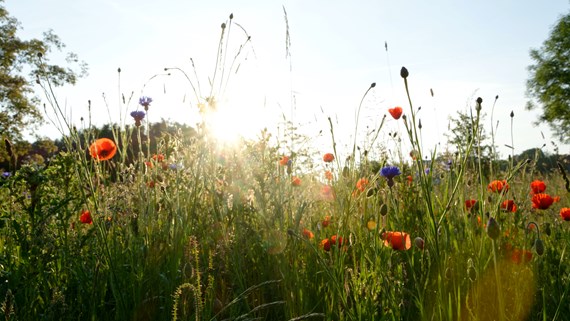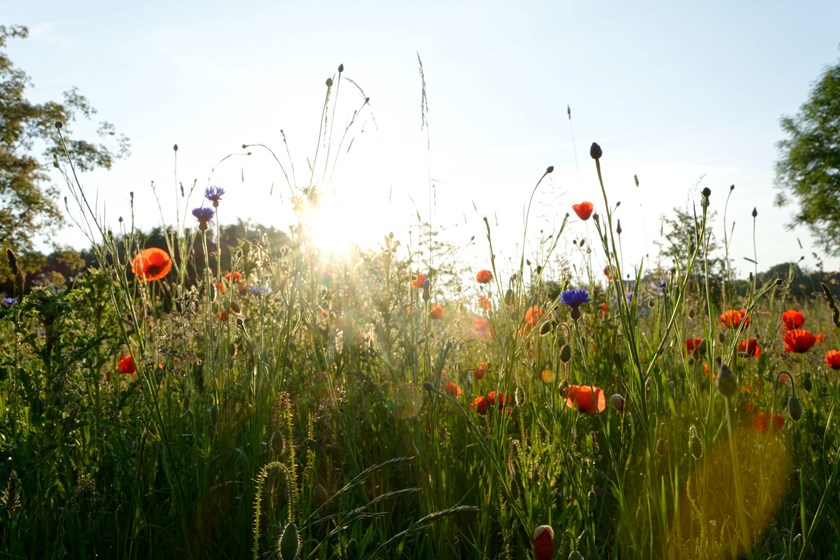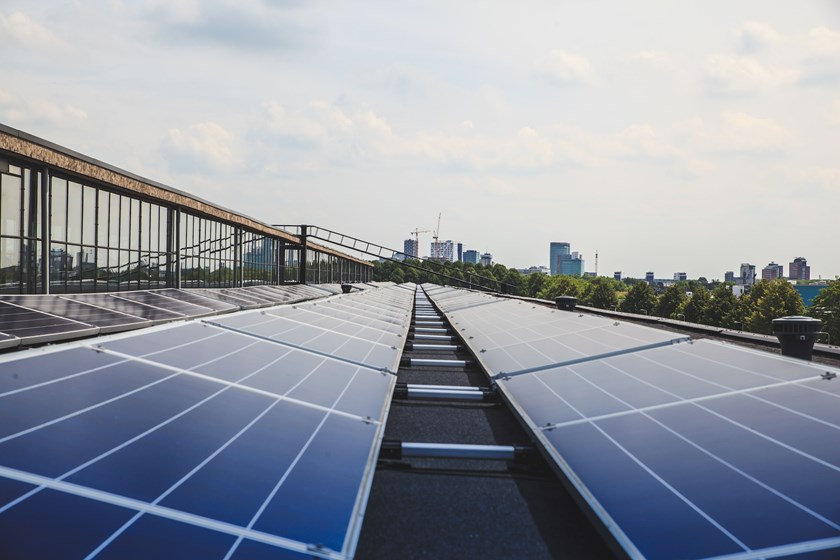Biodiversity Net Gain: the answer to sustainable development
Insight

Legacy development projects, promoted by a stewardship estate owner in collaboration with an aligned developer, are playing an increasingly prominent role not only in delivering better and more resilient communities, but also in exceeding biodiversity objectives. Indeed, seeking to combine the vision of landowners, developers, architects, community leaders and the public, legacy developments are inherently tied to quality, longevity and sustainability – in order to create mixed use developments where people are enthused to live, work, play and participate. Accordingly, biodiversity outcome has long been a natural and evolving element of these projects.
Ten per cent biodiversity net gain
Although already in effect under planning policy, the requirement to provide ten per cent biodiversity net gain (BNG) will become mandatory when Part 6 of the Environment Act 2021 (2021 Act) comes into force in November 2023. From that date, it will be a deemed condition of planning permission that the development for which permission is sought must meet the BNG objective – the objective being that the development achieves a BNG increase of ten per cent. Note that these provisions apply only to England, although it is likely that the other nations will follow shortly with their own policies; there are also exceptions under permitted development rights and in respect of smaller sites (nine or fewer houses on a site less than one hectare).
Meeting BNG requirements
Where BNG applies, the required gain can be achieved in one of three ways; by carrying out the relevant habitat creation or enhancement works on the development site itself (ie on-site); by creating or enhancing habitat on an off-site location (which will often be owned by a third party); or by buying statutory credits. These are listed in order of preference, with the Government stating that credits will be deliberately priced unattractively, to ensure they are used as an option of last resort. Where habitat is created or enhanced either on or off-site, this will need to be secured under a binding legal agreement and a management plan. The former will most likely take the form of a planning obligation (a section 106 agreement), or a conservation covenant (another new concept introduced by the 2021 Act), and both will need to be secured for 30 years and registered as a Local Land Charge.
Additionally, to calculate the biodiversity value of a site, Natural England have published Biodiversity Metric 4.0. This is a calculation tool which, with the help of an ecologist, enables developers to calculate the present and future biodiversity value of a site, before and after development. It can also predict how much biodiversity value certain habitat creation or enhancement works will create and, as such, can be used as a helpful planning tool to provide ten percent BNG.
Considering the case for on-site BNG
Where landowners have sufficient land and can add extra land to planning permission sites to facilitate on-site BNG, rather than offset elsewhere, not only does this have the “enabling” effect of making the development more attractive for the planning authorities to approve, legacy developments show it can also carry multiple ancillary benefits. Where sites are well-chosen, land used for BNG can offer added value for the overall development, for example screening other parts of the estate from road and traffic noise. The relevant facilities, such as community orchards and allotments, promote public use and involvement, and can be used for leisure, health and educational purposes.
Provision may also be made for the inclusion of the necessary services and works for the ongoing maintenance of these sites in the overall estate management structure – allowing the employment of those with appropriate knowledge to foster the sites, with appropriate recovery of costs from the residential and commercial occupiers as part of their general estate charge. Any such on-site use would, however, need weighing against the fact that the tax treatment of land used for BNG (as opposed to agriculture) is currently uncertain. Indeed, landowners will need to consider its effect on the availability of reliefs for IHT, specifically agricultural property relief, something which is currently under review by the government.
Using land for BNG is also not a short-term or easily reversed option; land will be tied up for an initial period of 30 years, with the government expressing the hope that it will continue being used for some sort of biodiversity purpose even after that initial period. That said, for otherwise unproductive or difficult to farm areas, legacy developments have already highlighted that the prospect of using the land for BNG can open up exciting new possibilities, for landowners, developers and the ultimate occupier.
This briefing was originally published by React News.
This publication is a general summary of the law. It should not replace legal advice tailored to your specific circumstances.
© Farrer & Co LLP, May 2023






